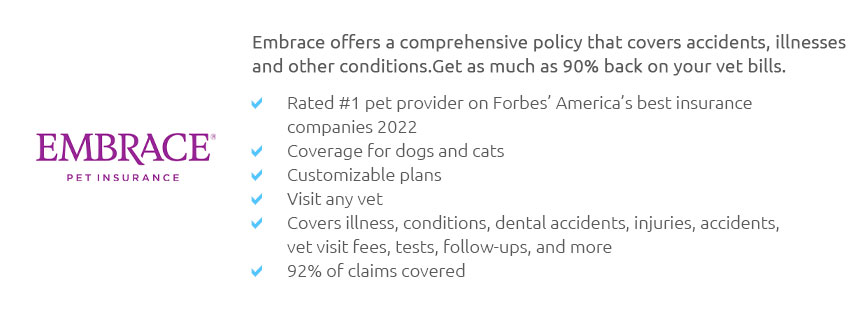 |
 |
 |
 |
 |
|
 |
|
 |
|
 |
|
 |
|
 |
|
 |
|
 |
 |
Understanding the Pet Insurance Average: Key Insights and Practical TipsWhat is Pet Insurance?Pet insurance is a policy that helps cover the costs of veterinary care for your beloved pets. With rising veterinary bills, having a safety net can significantly ease financial burdens. Factors Affecting Pet Insurance Average CostsThe average cost of pet insurance can vary based on several factors:
Types of Pet Insurance PoliciesAccident-Only PoliciesThese policies cover injuries due to accidents such as fractures, lacerations, and ingestion of foreign objects. They are generally more affordable. Accident and Illness PoliciesThis is the most common type of pet insurance, covering both accidents and illnesses such as cancer, infections, and hereditary conditions. Wellness CoverageSome policies include wellness coverage, which handles routine care like vaccinations and check-ups. Note that wellness coverage can increase the pet insurance average cost. Real-World Examples and TipsPet insurance costs can vary. For example, a comprehensive policy for a two-year-old Labrador Retriever might cost around $40 per month, while a cat's policy could be $20. Always compare providers and read the fine print. Additionally, consider the impact of specific conditions, such as the pet dental insurance cost, which can also vary based on coverage and pet needs. Frequently Asked Questions
https://www.cnbc.com/select/pet-insurance-cost/
Dog owners spent $56.30 per month on average for accident and illness coverage in 2023, according to NAPHIA, with accident ... https://insurify.com/pet-insurance/knowledge/pet-insurance-cost/
Average quotes for a 5-year-old dog range between $33 and $209 per month. While the average pet insurance cost for dogs will vary from one pet ... https://www.petsbest.com/pet-insurance-cost
What is the Average Cost of Pet Insurance? - Average Dog Insurance Cost - $36-$58/month - Average Cat Insurance Cost - $22-$34/month ...
|